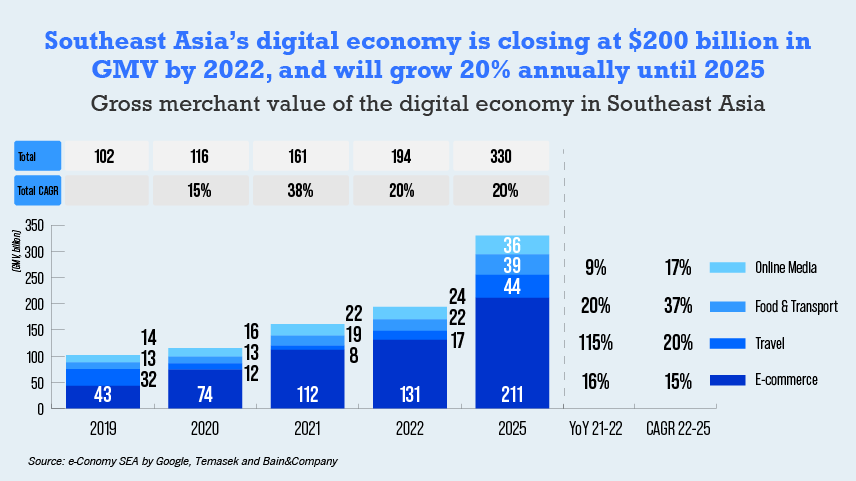
The Banking Academy is the world’s leading provider of online and in-classroom training, workshops, study tours, Master Classes and membership-based Working Group communities. It is run by teams of programme developers, researchers and consultants who are supported by an international faculty of subject matter experts from around the world, handpicked for their proven industry execution skills and expertise. It draws on the vast knowledge resources and communities of TAB Global.
The Banking Academy hand-picks the Course Directors specifically for each course. Our expert faculty is comprised of professionals who are either accomplished ex-bankers, consultants or academics with proven hands-on implementation experience sourced from around the globe, providing the basis for the world-class content of our programmes.
In today's volatile banking environment, The Banking Academy is fully aware that getting a good return on investment is vital to our clients seeking to boost their competitiveness through targeted training solutions.
If you have six or more individuals to train, our in-house trainings might be the best solutions for your needs.

Banks have not experienced a significant deterioration in asset quality of their MSME exposure, supported by various policy measures.

China has the largest green loan balance in the world, estimates place its green loan balance at $3.3 trillion by end of 2022
Dennis Khoo, author and former UOB TMRW head, in this wide-ranging interview discussed the lessons from setting up one of the first digital banks in Southeast Asia, the imperative for incumbents to start a digital-only bank experiment and offers a road-map to it.

Licensed digital banks and P2P/marketplace platforms focused on alternative business lending to SMEs are overcoming operating and market challenges to scale and sustain their businesses. Leading players are charging ahead with more comprehensive service solutions and expanding regionally.

The rapid digitalisation of MSMEs, emergence of new digital-native business models and niche segments have become a key focus area for financial technology

Some countries in Asia Pacific posted stronger growth in bank lending to small businesses between 2019 and 2021 as compared to the period from 2017 to 2019